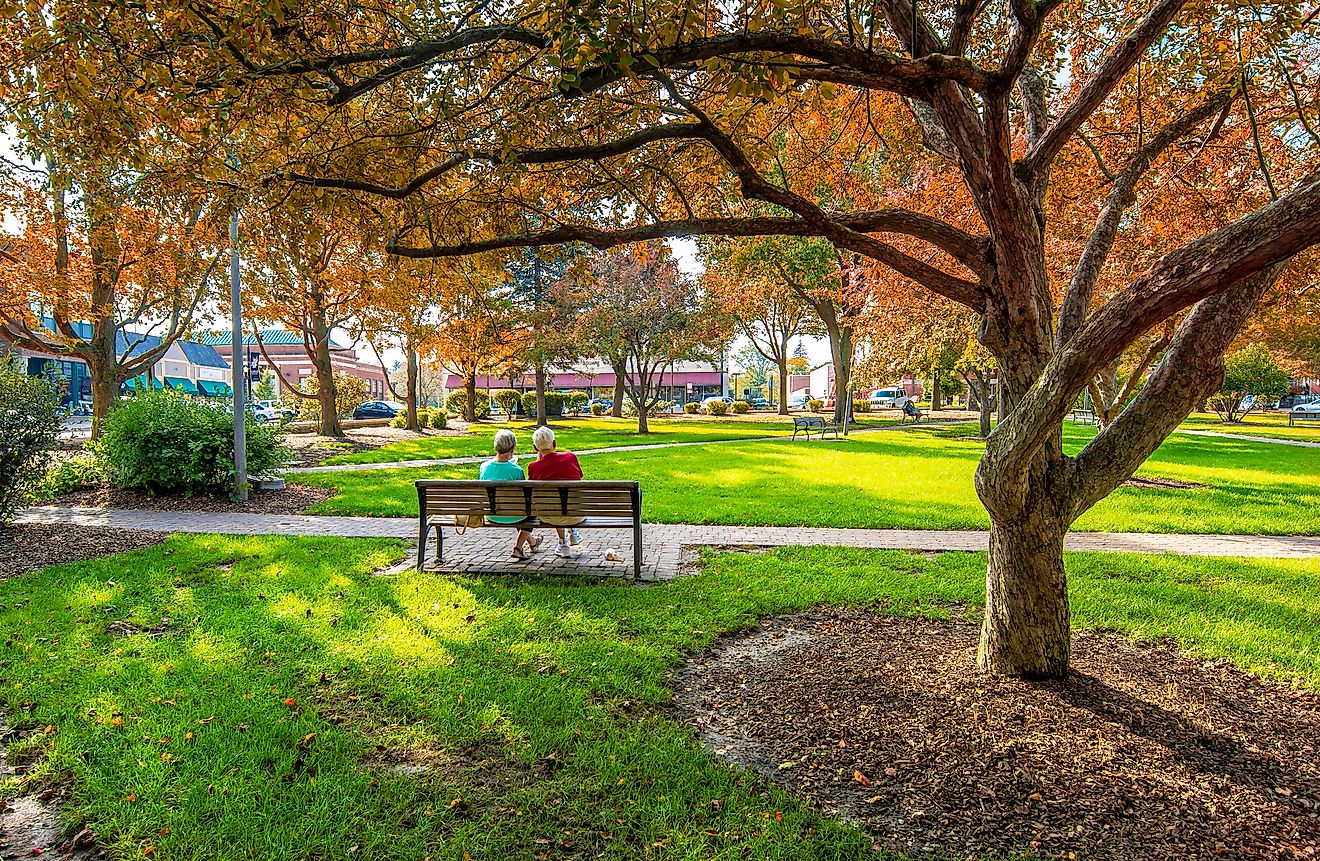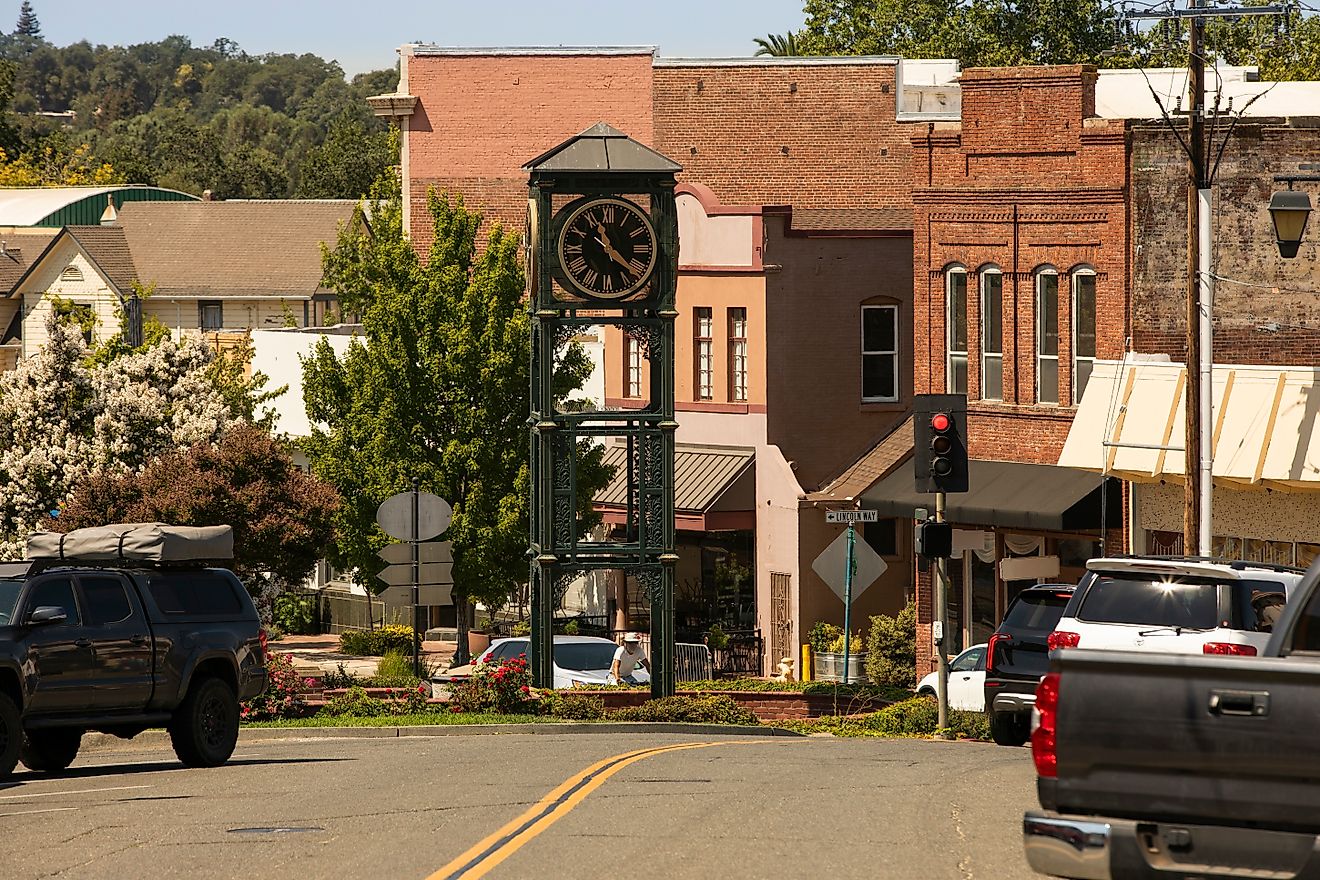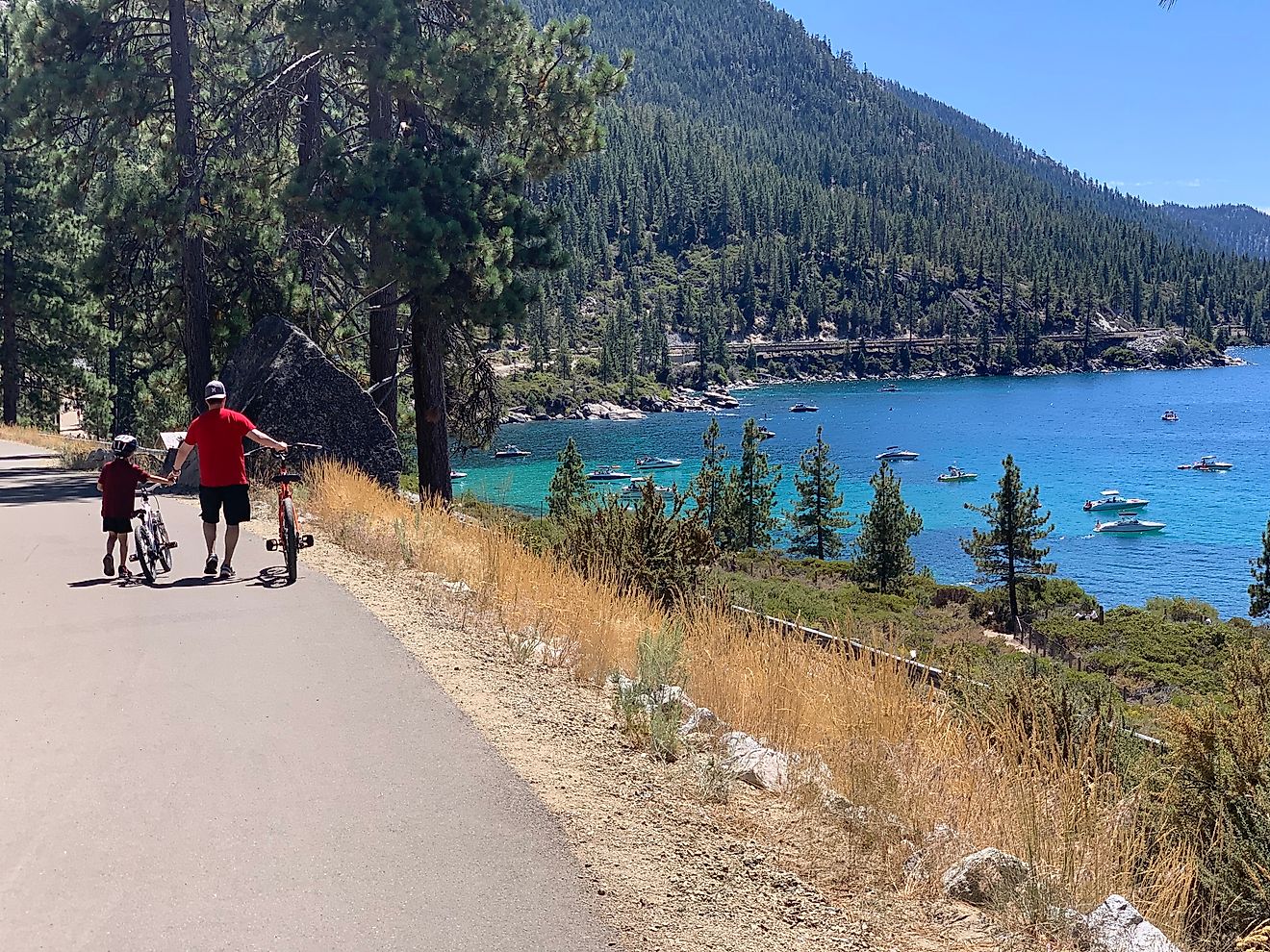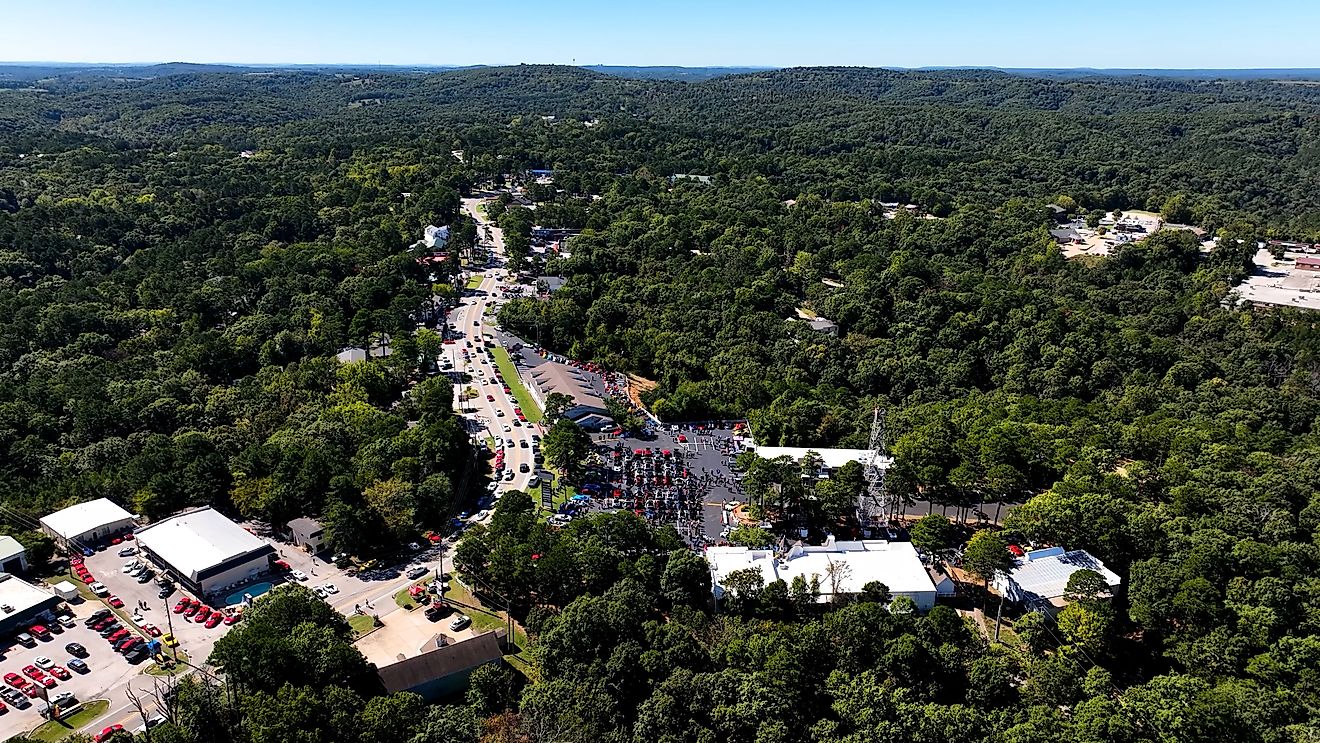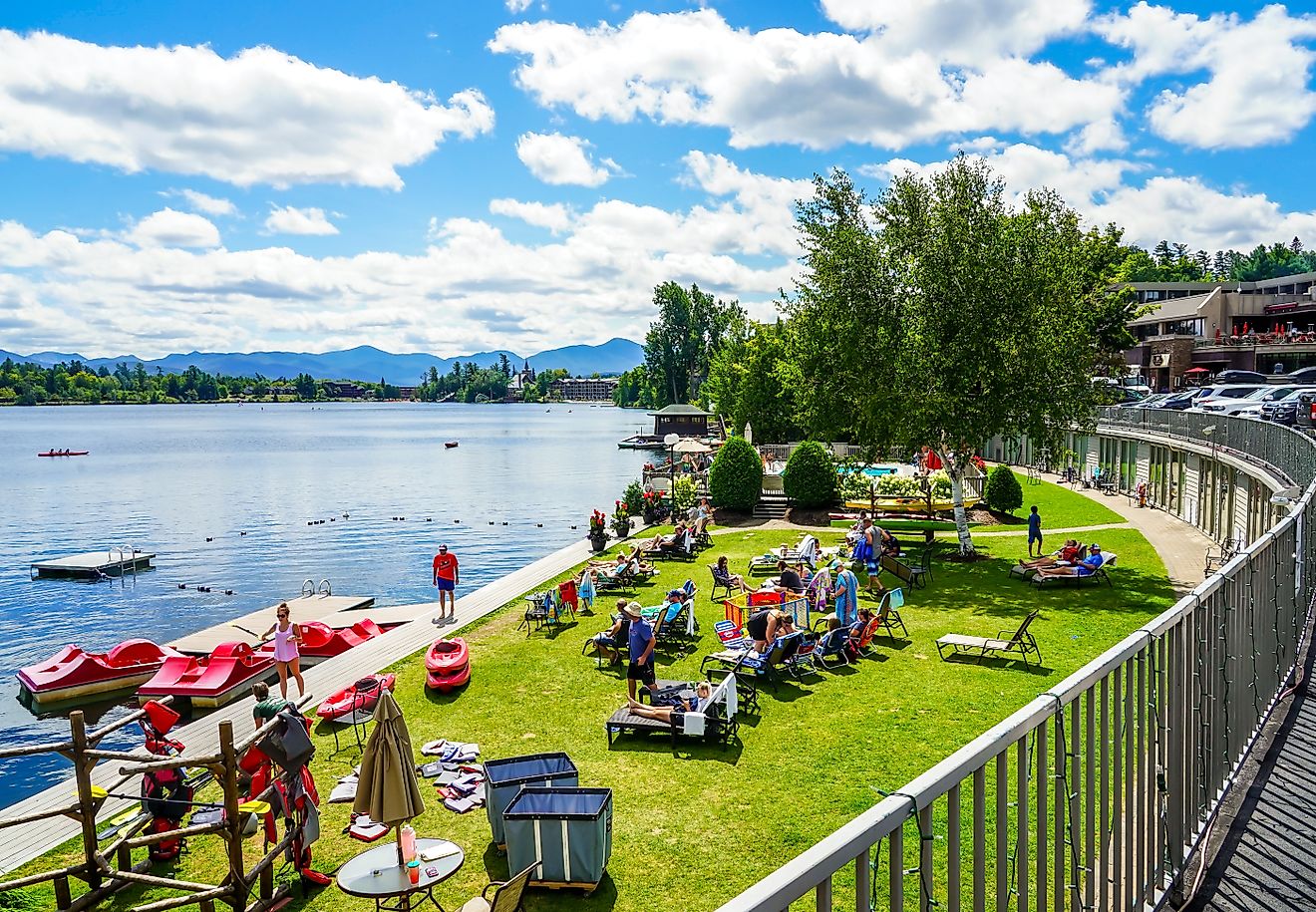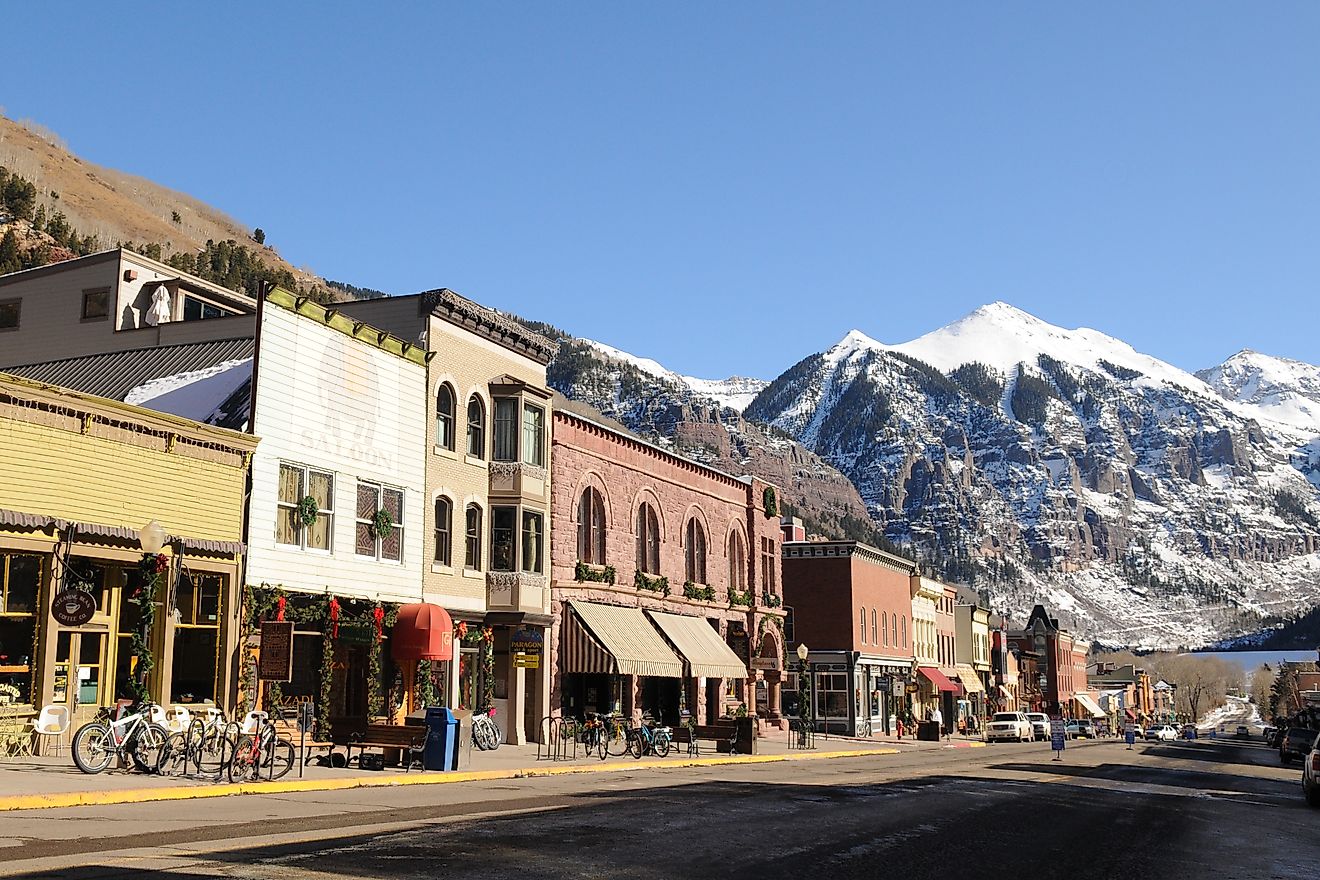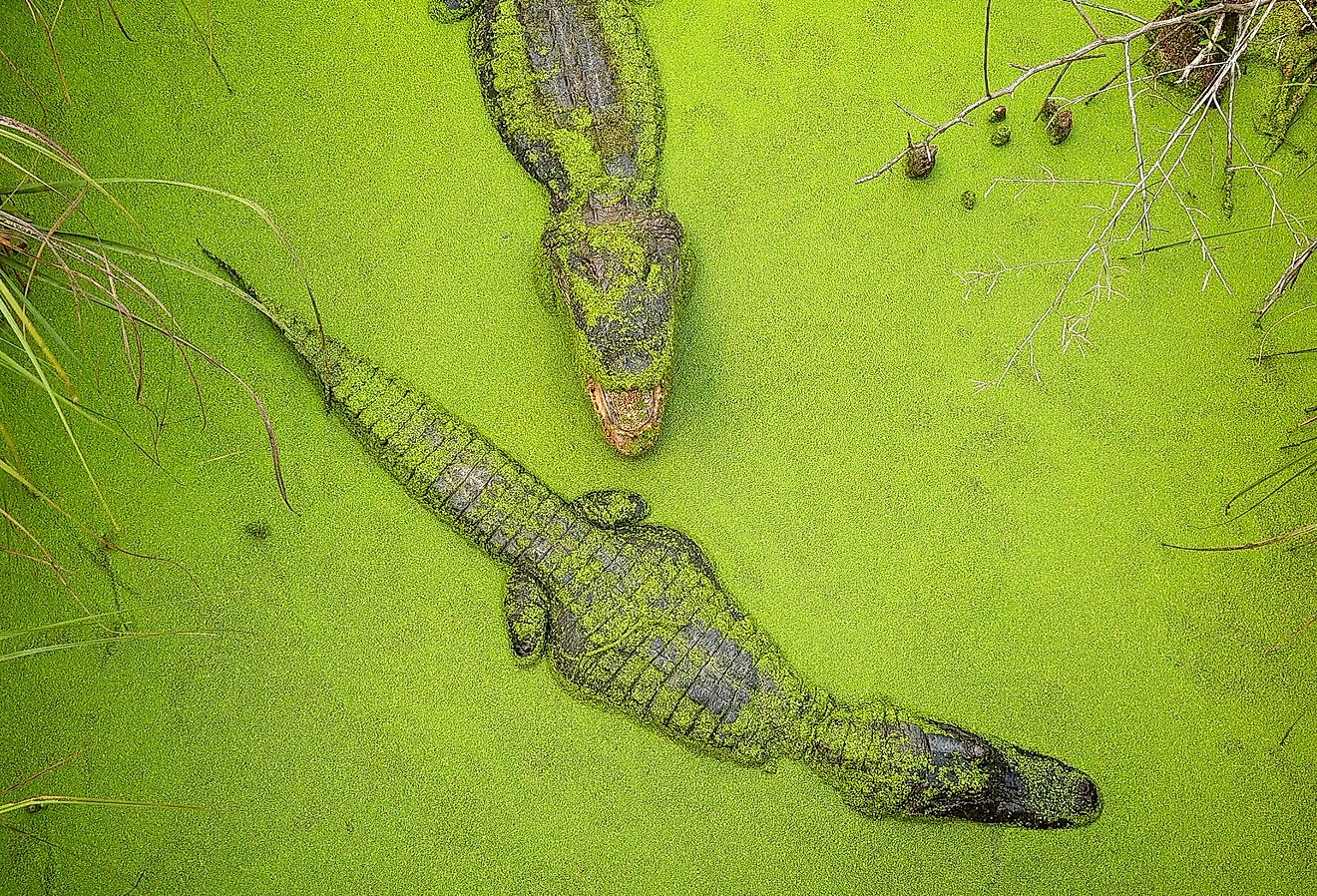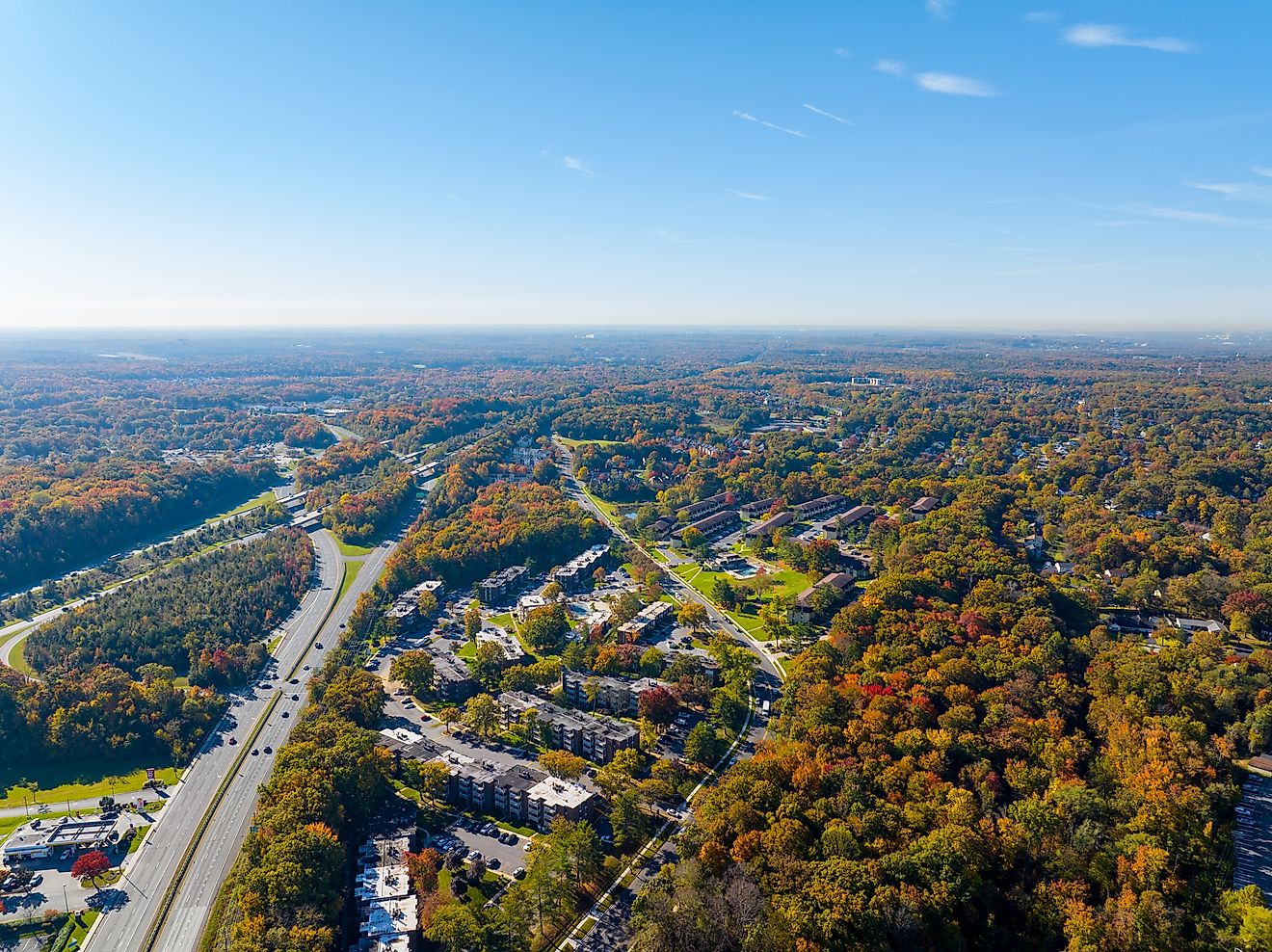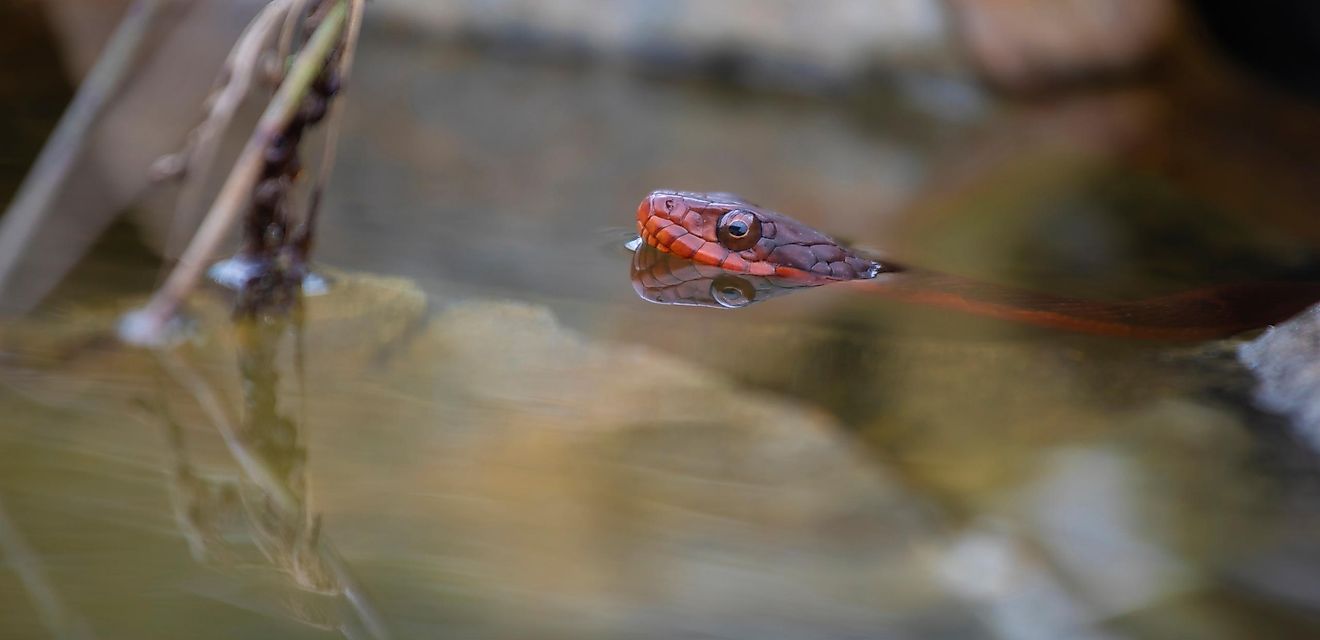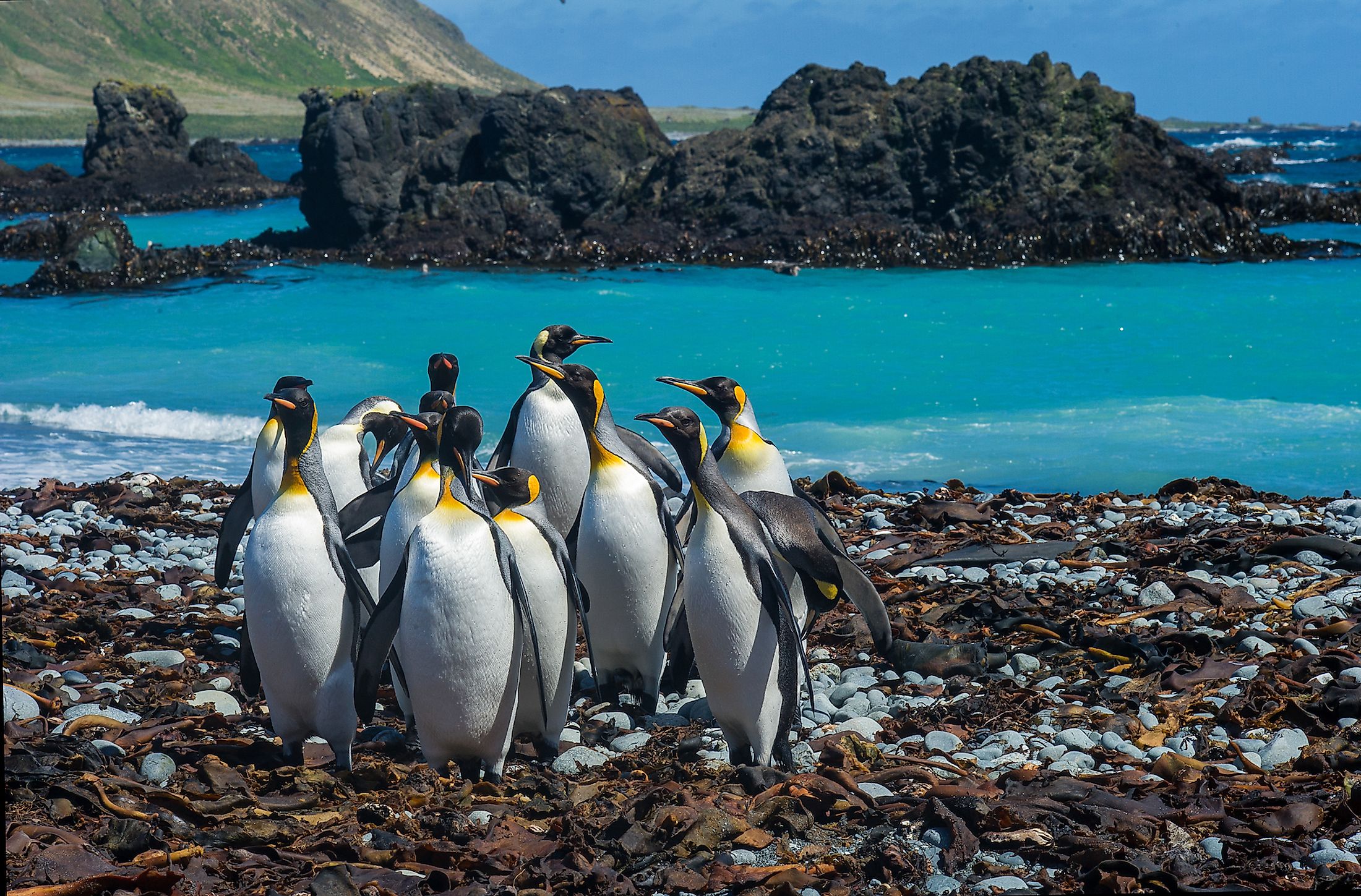
Macquarie Island
Macquarie Island is a subantarctic oceanic island that is located in the southwestern part of the Pacific Ocean. The island is politically a part of the Australian island state of Tasmania and regionally it forms a part of Oceania. The Macquarie Island is geographically positioned about 1,500 km to the southeast of the principal island of Tasmania, approximately midway between the island nation of New Zealand and the continent of Antarctica. In 1978, the Macquarie Island became a part of the Tasmanian State Reserve and was subsequently designated as a UNESCO World Heritage Site in 1997.
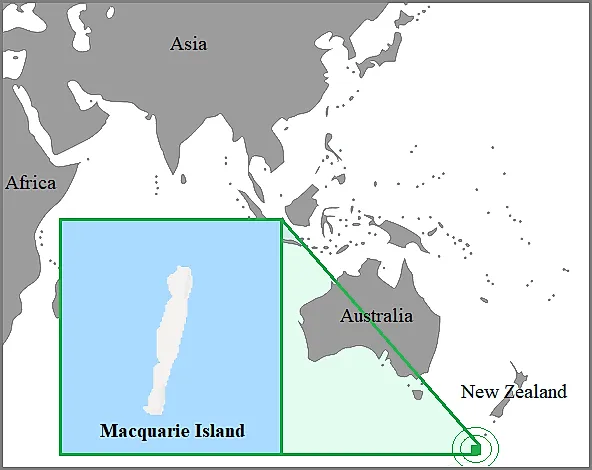
Geography
The principal Macquarie Island covers an area of 128 sq. km and measures about 34km in length and has a maximum width of 5km. Numerous high plateaus are located in the northern and southern parts of the island. These plateaus rise to an elevation of about 150 to 200m and are joined by a narrow isthmus. The island features several high points such as Mounts Hamilton and Fletcher which are located in the southern part of the island and rises to an elevation of 410m; while Mount Elder, located on the island’s northeastern coastal ridge, rises to an elevation of 385m. In addition to this, the island also features several small glacial lakes. A major portion of the island’s southern half is covered by volcanic pillow basalt, lava flows, sediments, and other extrusive rocks.
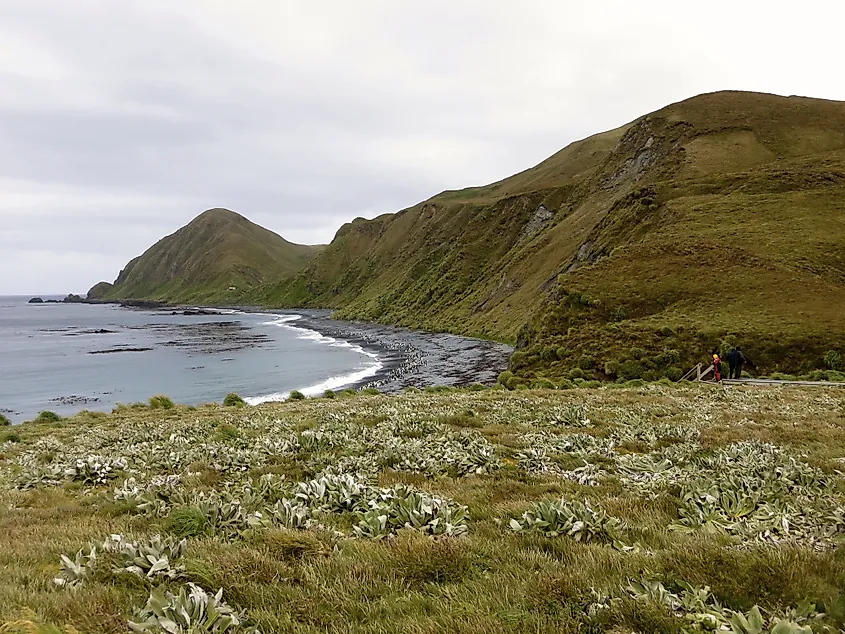
The Macquarie Island also includes two small groups of offshore rocky islets. These include the Judge and Clerk Islets, which covers an area of only 0.2 sq. km and is situated about 14km to the north of the principal Macquarie Island; whereas the Bishop and Clerk Islets, which occupies an area of 0.6 sq. km, is situated about 34km to the south of the main Macquarie Island.
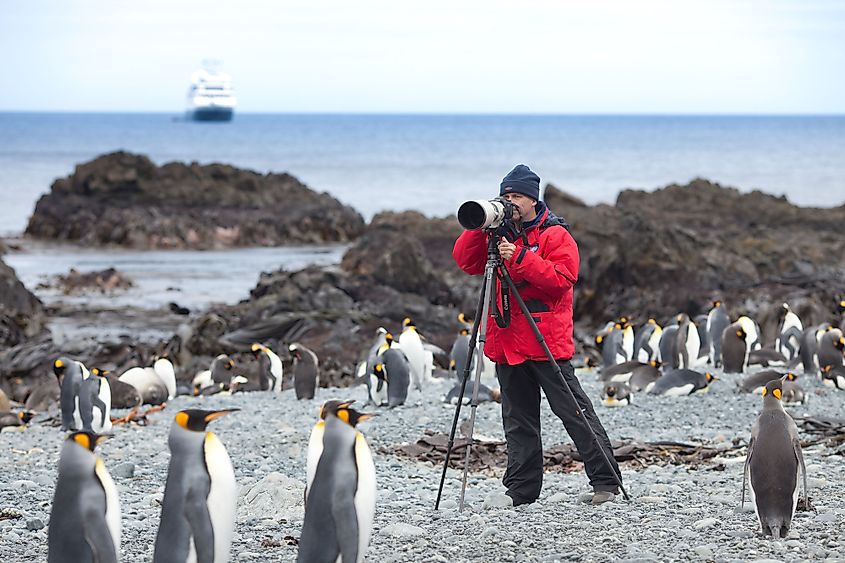
The Macquarie Island forms an exposed part of the undersea Macquarie Ridge and is positioned at the meeting point of the Pacific and the Indo-Australian tectonic plates. The principal island and its offshore islets are geologically unique as they form the only place on the planet, where the Earth’s mantle rocks from 6km below the ocean floor are quite actively exposed on the surface. This geological evolution of the island began about 10 million years ago and continues even today with the island being seismically active, experiencing frequent earthquakes along with a rapid rate of upliftment. It is believed that Macquarie Island is the only recognized ophiolite sequence that has been formed within a major oceanic basin. The unique geology of Macquarie Island is therefore regarded as a connecting link between the ophiolites of the continental crusts and those of the oceanic crusts.
Climate
According to the Köppen climate classification, the Macquarie Island experiences a ‘tundra climate’ with an average maximum temperature of 8.8°C in January and 4.9°C in July. The Island receives annual precipitation of about 967.9mm and is mostly covered with heavy clouds for about seven to eight months a year. The climate is moderated by the strong westerly winds that continuously blow over the island.
Flora And Fauna
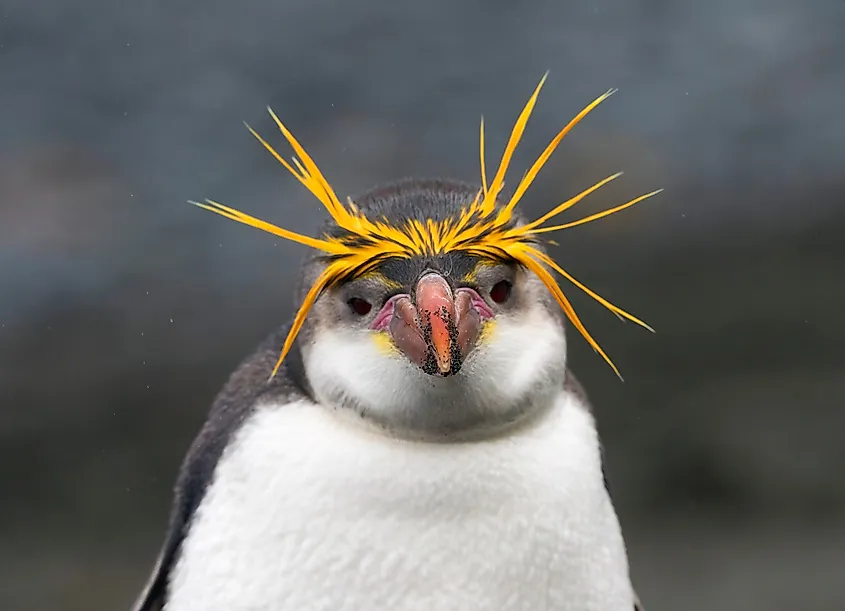
The flora of the Macquarie Island has taxonomic similarities with sea-based species on the other surrounding sub-Antarctic Islands. Most plants on the Macquarie Island do not grow over 1m in height, though some grass species like Poa foliosa may grow over 2m in sheltered areas. It has been estimated that about 45 species of vascular flora, 80 species of moss, 141 species of lichen, and 50 species of liverworts are found on the island. The principal vegetation on the island includes bog, fen, feldmark, tall tussock grasslands, and herb fields. Mires of deep and spongy peat beds referred to as ‘featherbeds’ cover the raised beach terraces of the island. Some of the endemic floral species that are found here include Azorella macquariensis, the orchids - Nematoceras sulcatum, and Nematoceras dienemum, and the grass – Puccinellia macquariensis.
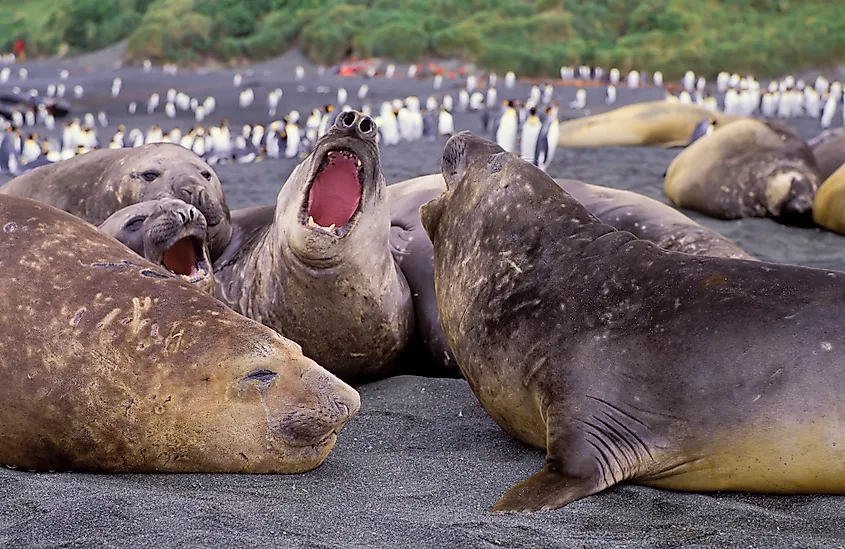
Macquarie Island consists of more than 80,000 individual seals belonging to different species like the Antarctic fur seals, Southern elephant seals, New Zealand fur seals, and subantarctic fur seals. In addition to these, southern right whales and orcas are also frequently observed. The endemic breeders on the island include the Royal penguins and Macquarie shags. The Macquarie Island has been designated as an Important BirdArea by BirdLife International as it supports over 3.5 million individual breeding seabirds belonging to 13 species.
Brief History
The uninhabited island was discovered by an Australian sealer named Frederick Hasselborough in 1810. He claimed the island for Britain and handed it over to the administration of the colony of New South Wales. The island was then named ‘Macquarie Island’ in the honor of Colonel Lachlan Macquarie, who served as the New South Wales Governor from 1810 to 1821. The Russian explorer Fabian Bellingshausen in 1820, produced the first map of Macquarie Island. Fabian Bellingshausen landed on the island in 1820 where he traded his rum and food with the sealers in exchange for the island’s fauna. The ecology of Macquarie Island was severely affected by the visit of the Europeans and the island soon became a hunting ground for the seals and penguins, which were almost hunted to extinction from 1810 to 1919. Various species like rats, mice, feral cats, rabbits, etc were also introduced on the island. These invasive species in turn had a devastating effect on the native fauna of Macquarie Island.
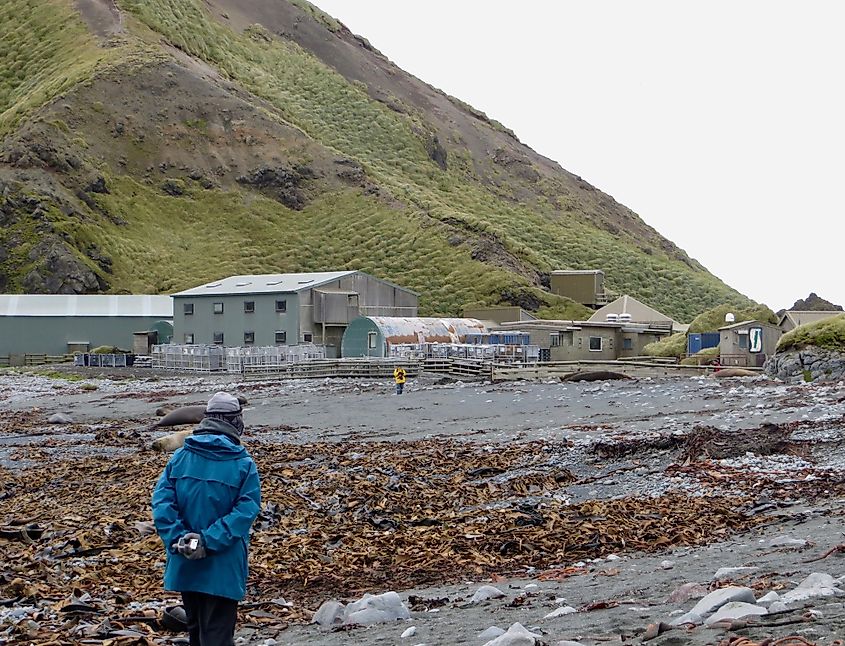
In 1890, the colony of New South Wales transferred the Macquarie Island to Tasmania. The Government of Tasmania leased the island to the New Zealander Joseph Hatch from 1902 to 1920. During this time, Hatch used the island for his oil industry which was based on hunting penguins. From 1911 to 1914, the Macquarie Island functioned as a base for the Australasian Antarctic Expedition. In 1933, the island was declared as a wildlife sanctuary, and eventually, it became a State Reserve in 1972. Macquarie Island was declared a UNESCO World Heritage Site in 1997.

